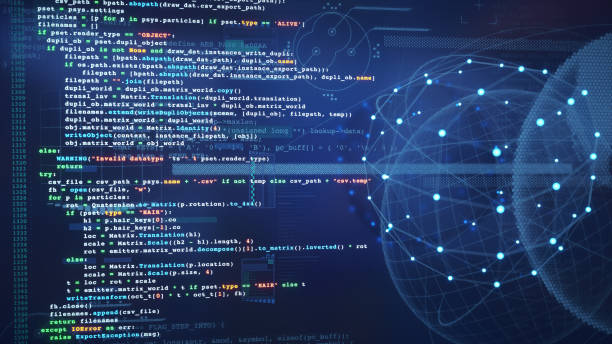
AI and Machine Learning with Python: Empowering the Future of Technology
Artificial Intelligence (AI) and Machine Learning (ML) are at the forefront of technological innovation, transforming industries and redefining the way we interact with data. Python, with its simplicity and versatility, has become the go-to programming language for AI and ML development. In this blog, we explore the synergy between AI, ML, and Python, and how they are shaping the future of technology.
Why Python for AI and Machine Learning?
Python’s dominance in the AI and ML landscape is no coincidence. Its features make it an ideal choice for developers and researchers alike:
- Ease of Learning:
- Python’s simple syntax and readability allow developers to focus on solving complex problems rather than grappling with language intricacies.
- Rich Ecosystem:
- A vast array of libraries and frameworks simplifies AI and ML development. Key libraries include:
- NumPy and Pandas: For data manipulation and analysis.
- Scikit-learn: For traditional machine learning tasks.
- TensorFlow and PyTorch: For deep learning applications.
- A vast array of libraries and frameworks simplifies AI and ML development. Key libraries include:
- Community Support:
- Python boasts a large, active community, ensuring abundant resources, tutorials, and forums to help developers at all levels.
- Cross-Platform Compatibility:
- Python runs seamlessly on various platforms, making it versatile for diverse development environments.
Applications of AI and ML with Python
Python’s capabilities enable the implementation of AI and ML solutions across numerous domains:
- Healthcare:
- Predictive analytics for patient outcomes.
- Automating diagnostic processes using image recognition.
- Finance:
- Fraud detection using anomaly detection algorithms.
- Portfolio management through predictive modeling.
- Retail:
- Personalized product recommendations.
- Demand forecasting to optimize inventory management.
- Transportation:
- Autonomous driving systems powered by deep learning.
- Route optimization using reinforcement learning.
Popular Python Libraries for AI and ML
- NumPy and Pandas:
- Essential for data preprocessing, manipulation, and exploration.
- Scikit-learn:
- Provides a wide range of algorithms for classification, regression, clustering, and more.
- TensorFlow and Keras:
- Used for building and training deep neural networks.
- PyTorch:
- Preferred for dynamic computation graphs and flexibility in research projects.
- Matplotlib and Seaborn:
- Powerful tools for visualizing data and model performance.
Steps to Build an ML Model with Python
- Data Collection:
- Gather relevant data from reliable sources.
- Data Preprocessing:
- Clean and prepare data using libraries like Pandas and NumPy.
- Model Selection:
- Choose appropriate algorithms based on the problem type (e.g., classification, regression).
- Model Training:
- Train the model on historical data using frameworks like Scikit-learn or TensorFlow.
- Evaluation:
- Assess model performance using metrics such as accuracy, precision, and recall.
- Deployment:
- Deploy the model into production using tools like Flask or Django.
The Future of AI and ML with Python
As AI and ML technologies continue to evolve, Python’s role will remain pivotal. Emerging trends include:
- Explainable AI (XAI):
- Developing models that provide transparency in decision-making.
- Federated Learning:
- Training models across decentralized data sources while maintaining privacy.
- Edge AI:
- Deploying AI models on edge devices for real-time decision-making.
- AI in Quantum Computing:
- Leveraging Python for quantum machine learning research.
Conclusion
AI and Machine Learning, powered by Python, are revolutionizing industries and enabling groundbreaking innovations. Python’s accessibility, rich library ecosystem, and robust community support make it the perfect companion for tackling AI and ML challenges. Whether you’re a beginner or an expert, Python provides the tools you need to harness the power of AI and ML and shape the future.
Explore the potential of Python for your AI and ML projects and be part of the technological revolution. The possibilities are endless!

